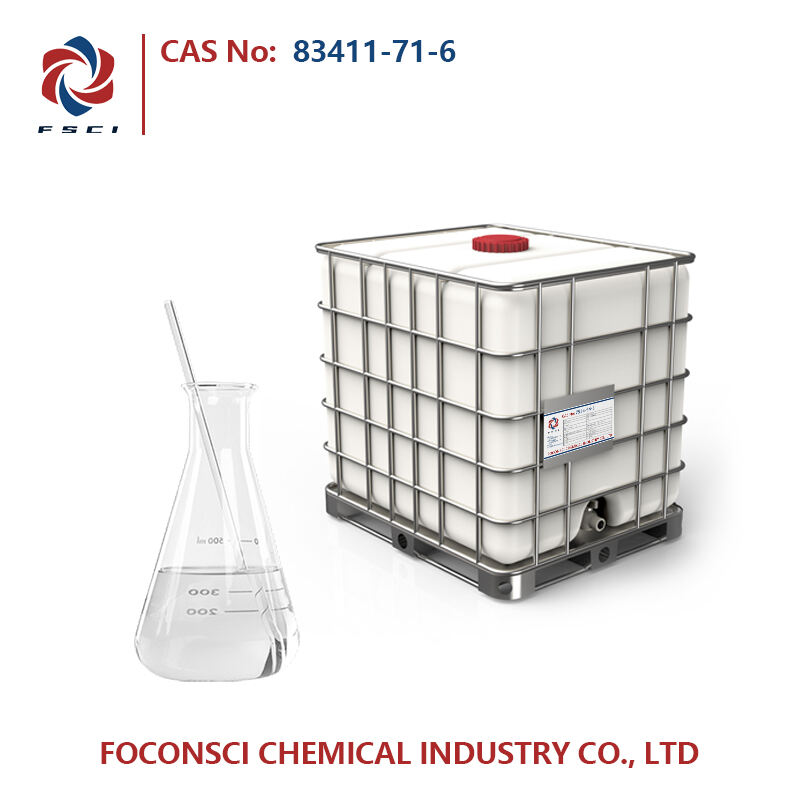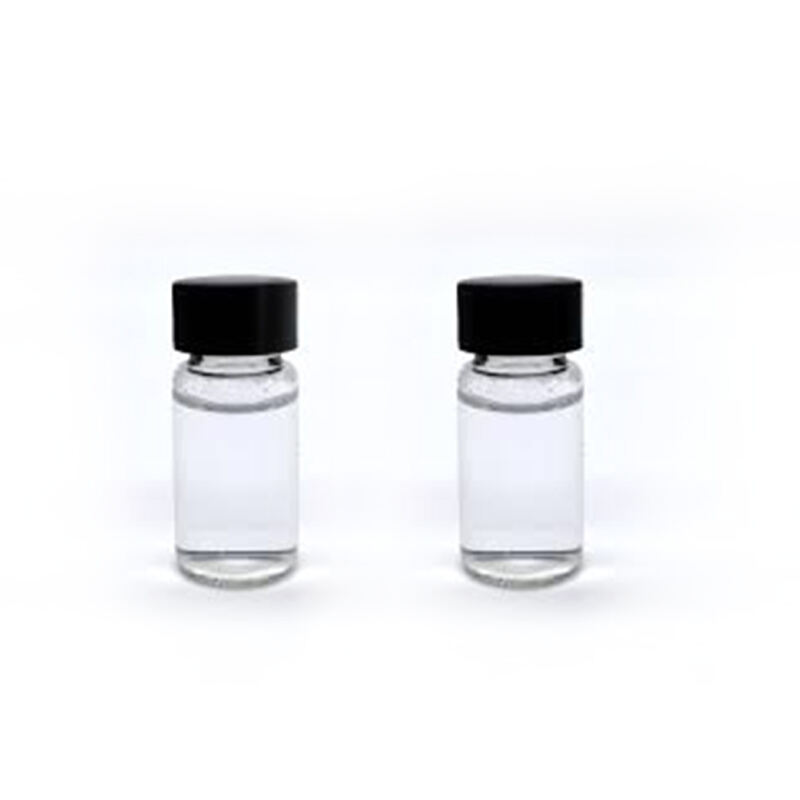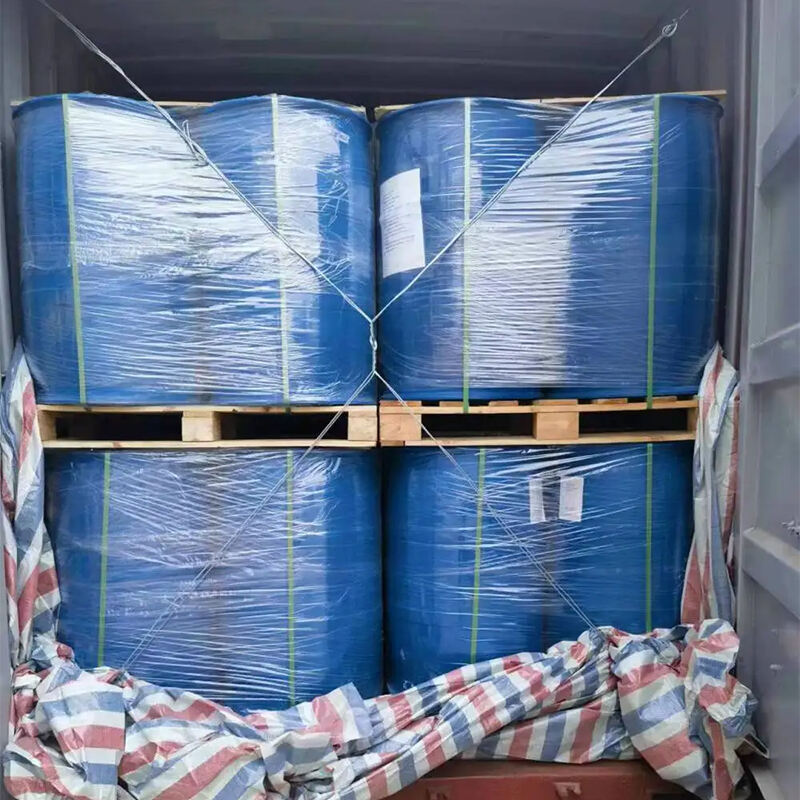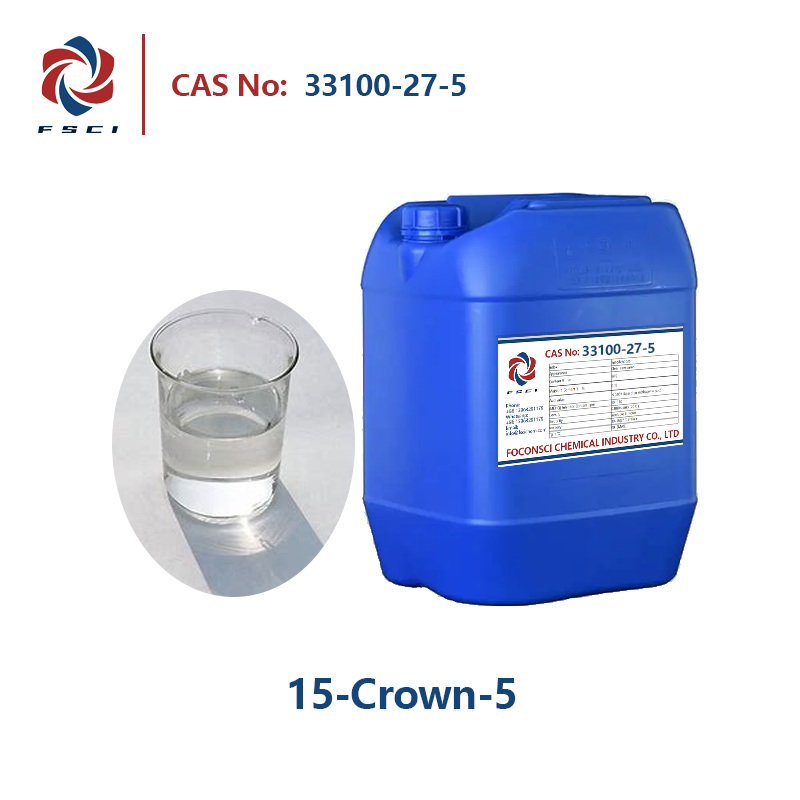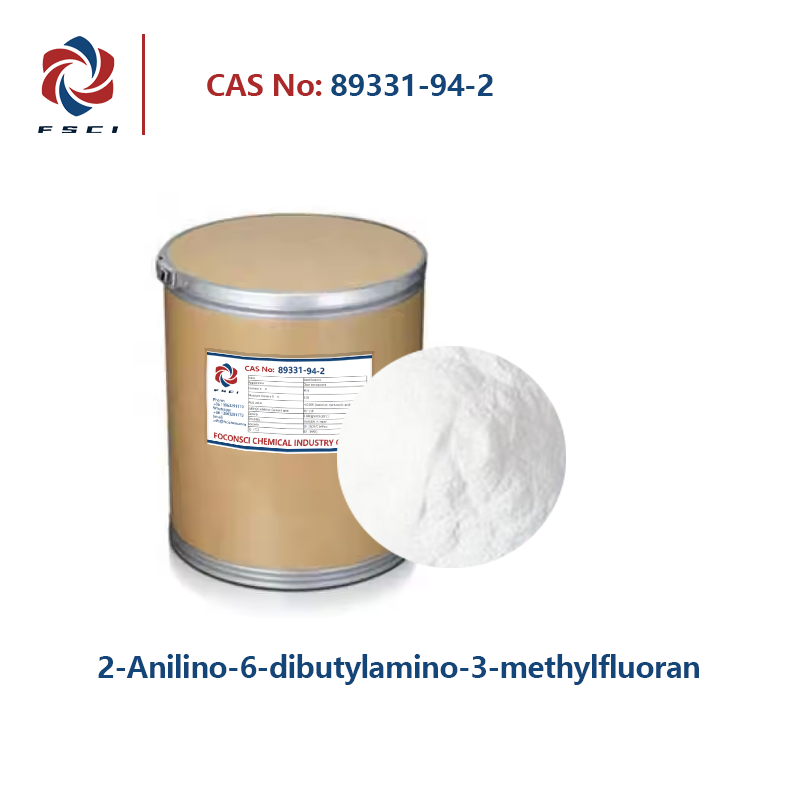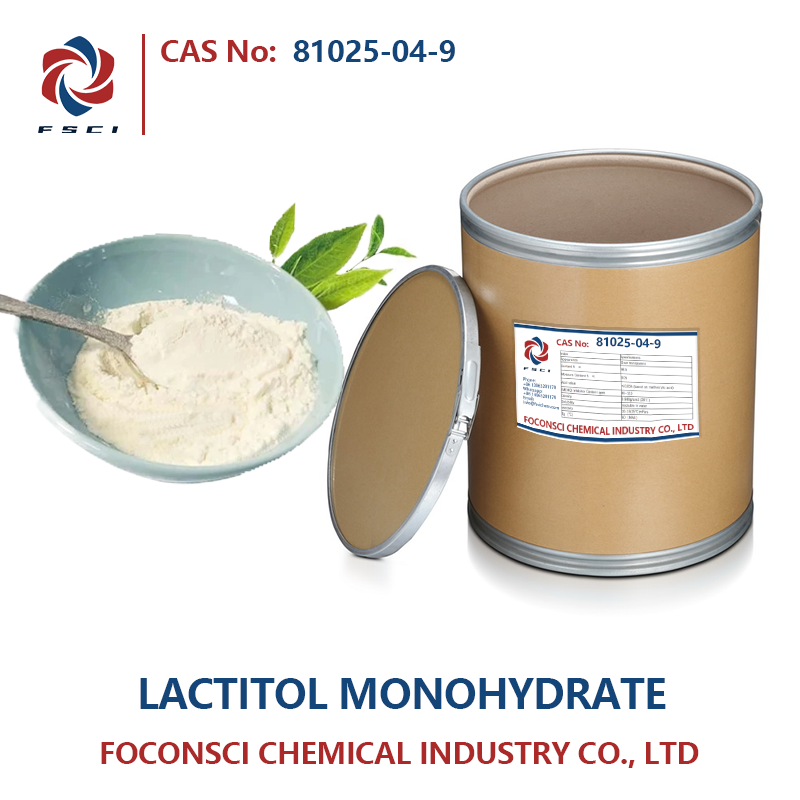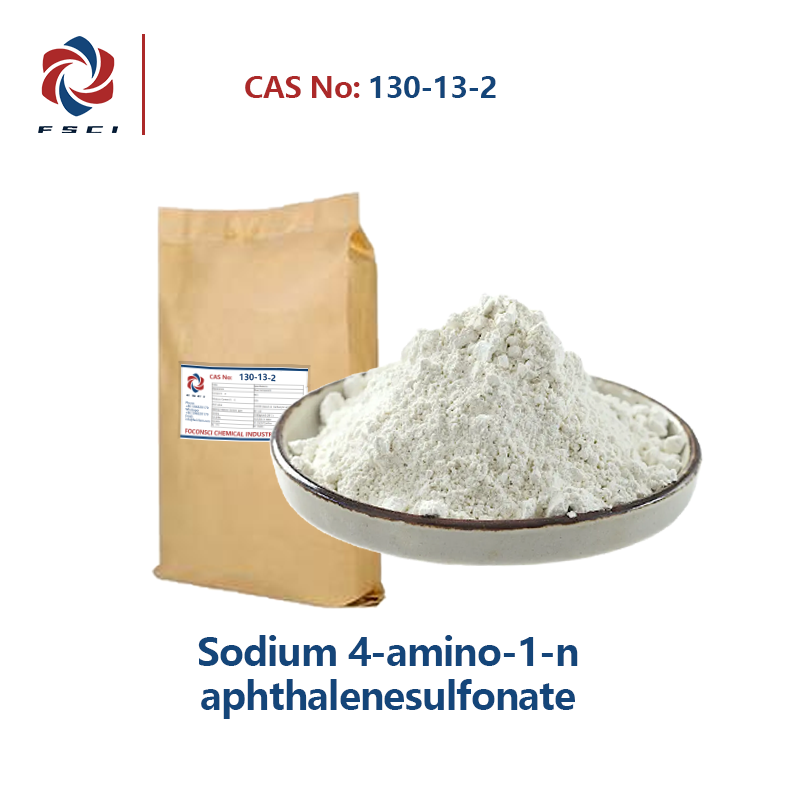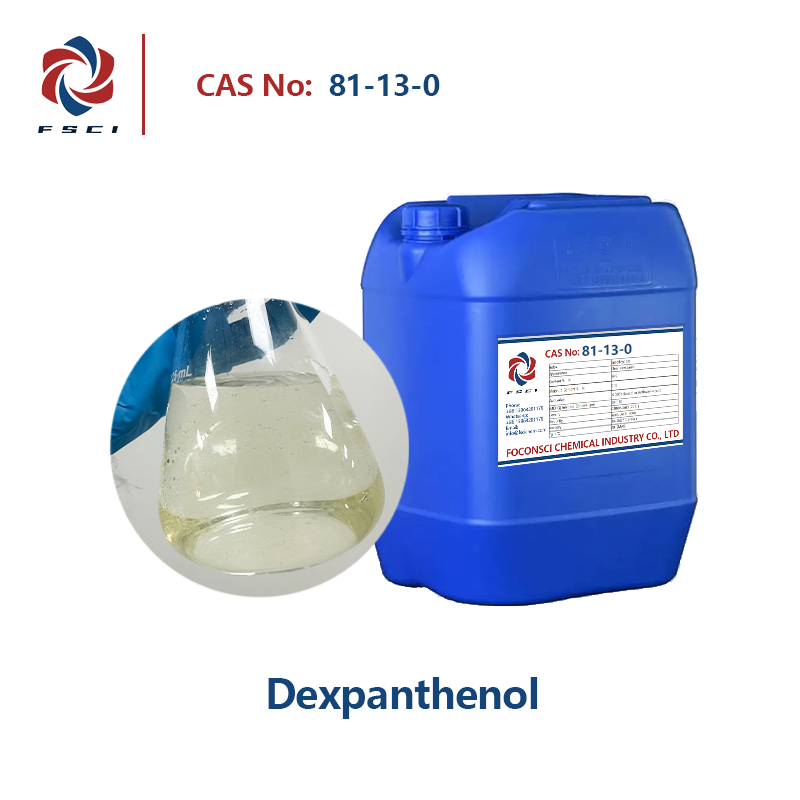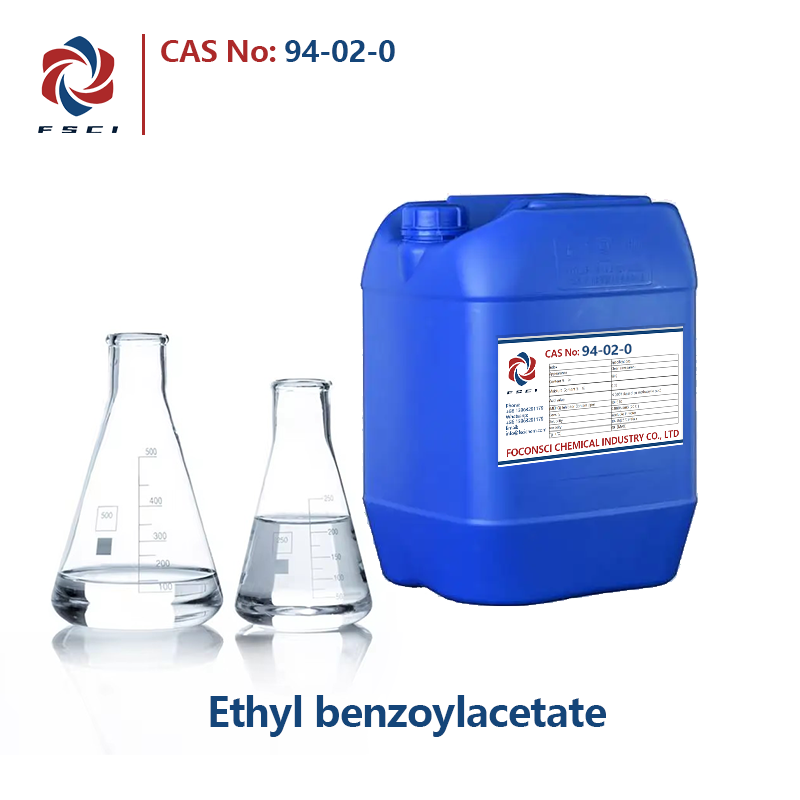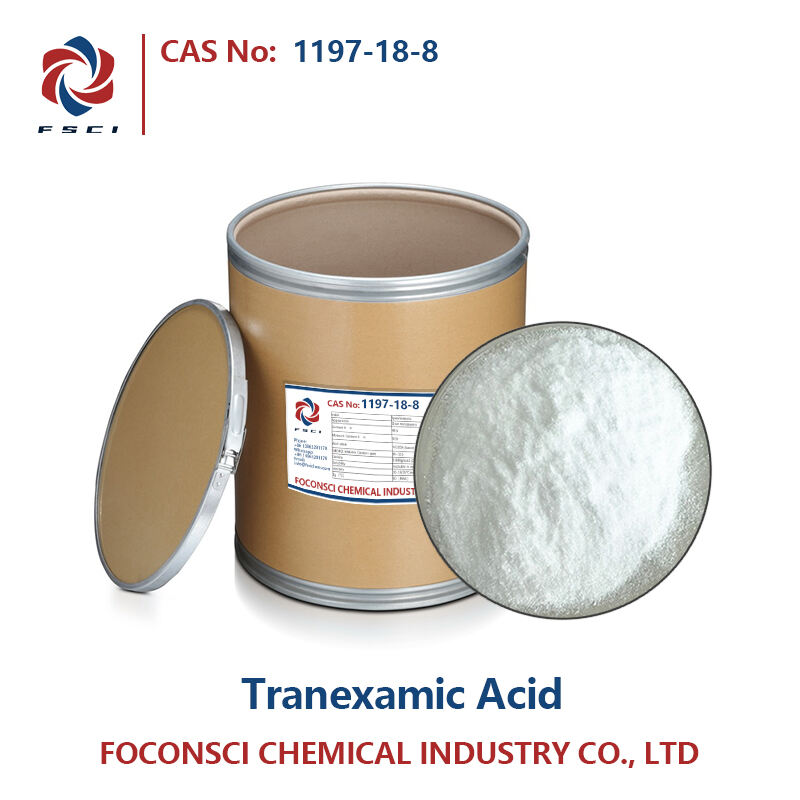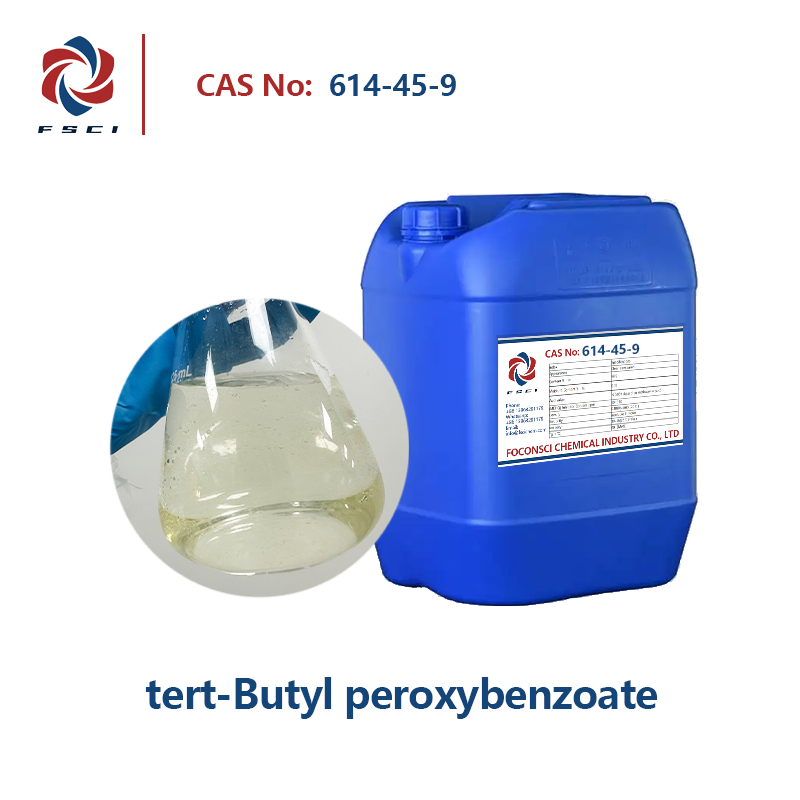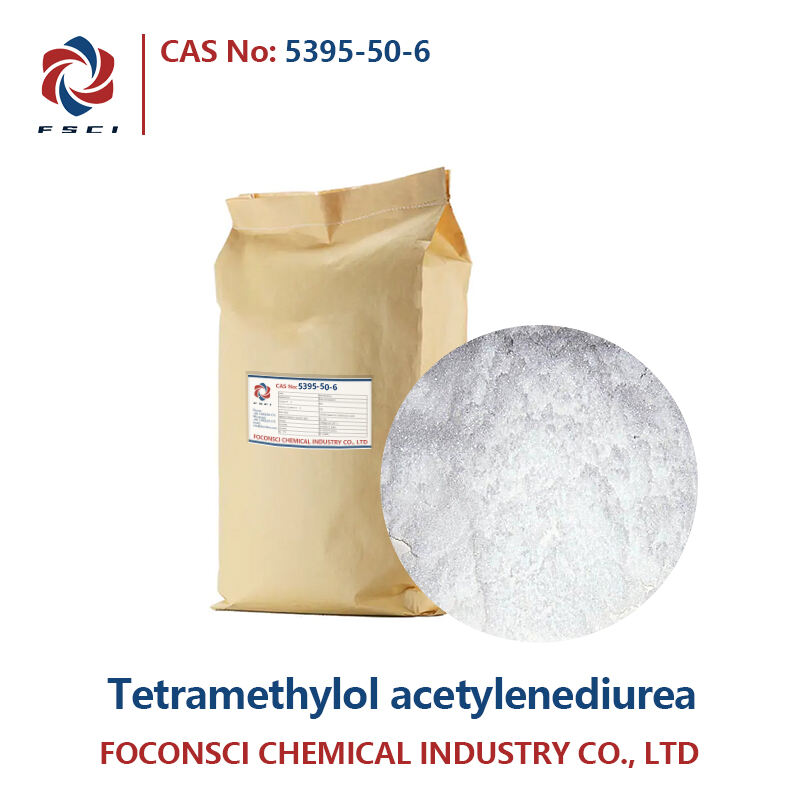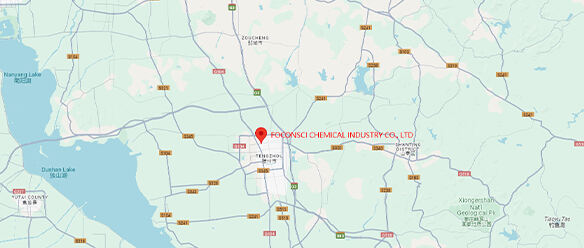Diisooctylphosphinic acid CAS 83411-71-6 Cyanex 272
Chemical name: Diisooctylphosphinic acid
Synonymous names:
Cyanex 272
Ionquest 290
Bis(2,4,4-trimethylpentyl)phosphinic Acid
CAS No.: 83411-71-6
EINECS: 280-445-7
Molecular formula: C16H35O2P
Content: ≥90.0%
Grade: industrial grade / extractant grade
Packing : 25kg plastic barrel
- Parameter
- Related products
- Inquiry
Structural formula:

Diisooctylphosphinic acid Description:
Appearance |
Colorless to light yellow liquid with a fruity aroma |
Active ingredients (%) |
≥90% |
Density (20 ℃) |
0.91—0.95g/ml |
Viscosity (25 ℃) |
<200mPa s |
Total phosphorus (% w/w) |
>10.4 |
Water content (% w/w) |
<3% |
Density |
0.916 g/ML 20℃ |
What is Diisooctylphosphinic acid?
Diisooctylphosphinic acid (CAS 83411-71-6), chemically known as bis(2,4,4-trimethylpentyl)phosphonic acid, is a highly selective metal extractant, also known as Cyanex 272, which is widely used in hydrometallurgy, rare earth extraction and battery recycling.
As one of the representatives of organic phosphonic acid extractants, Cyanex 272 exhibits extremely high selectivity and efficiency in separating metal ions such as cobalt, nickel, zinc, and rare earth elements, and has gained a good reputation in industrial applications in cobalt and nickel separation.
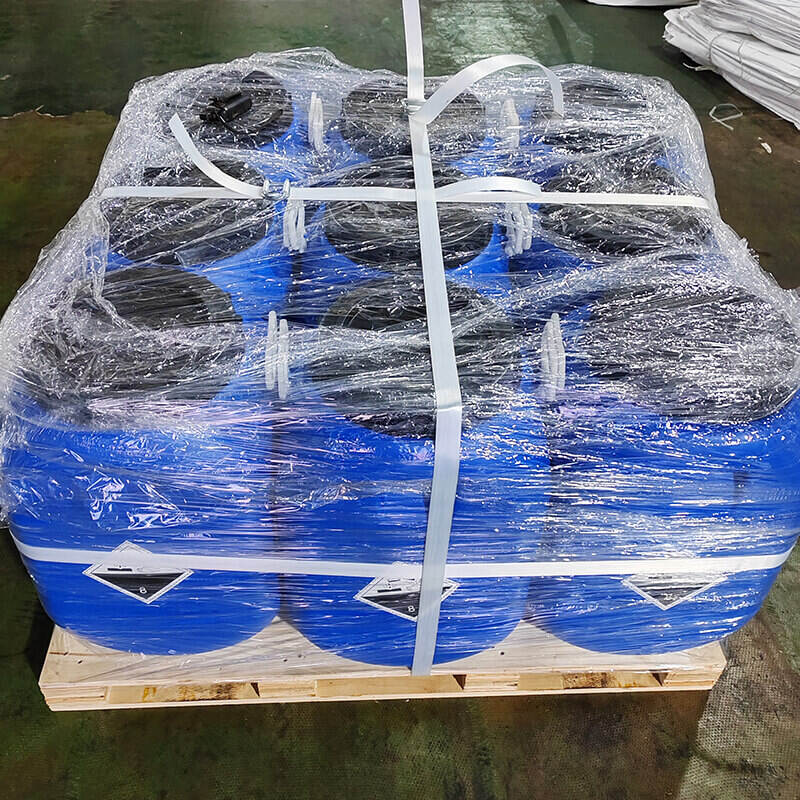
What is Cyanex272 used for?
Cobalt and nickel separation in hydrometallurgy
Cyanex 272 shows extremely high selectivity for Co²⁺ at pH 4–5, and can effectively inhibit the co-extraction of Ni²⁺, thereby achieving the recovery of high-purity cobalt salts.
Industrial measured data show that the cobalt/nickel separation factor of Diisooctylphosphinic acid under normal conditions can reach more than 15:1, which is much higher than that of traditional extractants.
Rare earth element extraction
Ionquest 290 has excellent balanced distribution performance in the separation of rare earth metals such as europium, samarium, and gadolinium.
When used with a stripping system (HCl or HNO₃), it can achieve a higher recovery rate and finished product purity, which is suitable for rare earth material purification and magnetic material manufacturing.
Battery material recycling
In the recycling process of waste lithium batteries, Cyanex 272 is widely used to extract positive electrode material elements such as cobalt and manganese.
Experimental data show that in the three-step extraction process, the cobalt recovery rate can reach more than 96%. At the same time, it exhibits good repellency to lithium and aluminum, improving the economy and environmental protection of resource recovery.
Where to buy Diisooctylphosphinic acid?
Foconsci Chemical Industry Co., Ltd. provides chemical OEM services, technical parameter customization, solution-based formulation development and other services to global customers. We support the bulk export of Diisooctylphosphinic acid (CAS 83411-71-6), and all products meet the requirements of ISO 9001 international compliance certification.
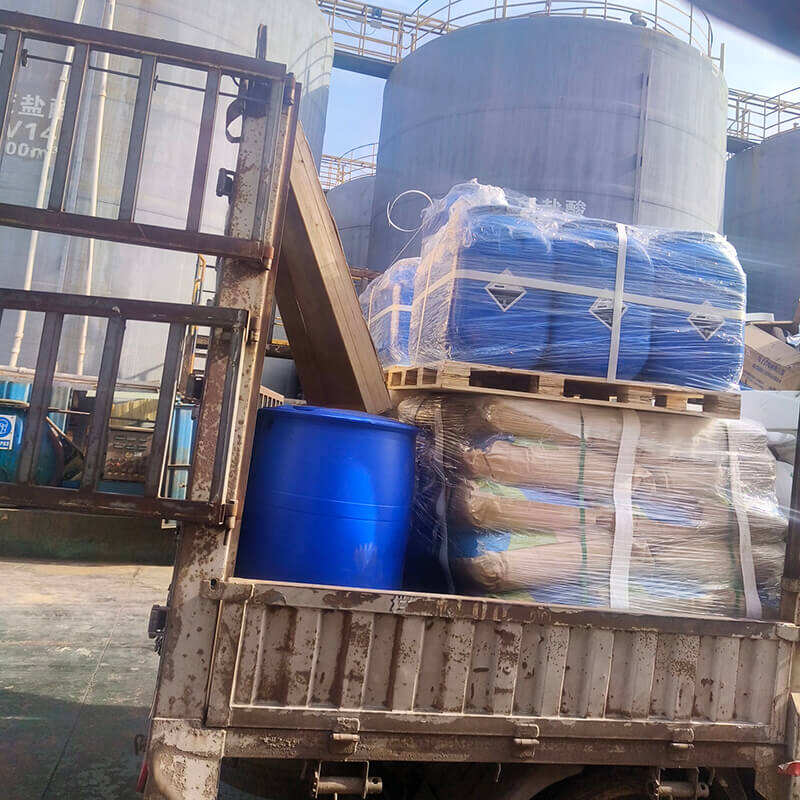
Packaging:
Sample supply: 1 kg bottle (paid)
Standard Packaging: 25kg high density plastic drums, suitable for long distance transportation and storage.
OEM Packaging: customized drums, IBC cans or ISO cans are available, private labeling, logo printing and product blending are available for bulk purchases.
Storage condition:
Please store in a cool, dry and well ventilated warehouse.
Avoid contact with food materials, oxidizers or strong acids and alkalis.
The product should be kept sealed to avoid moisture and dust in the air affecting the content of active ingredients.
Shelf life: under the conformity of storage conditions, the shelf life is 24 months.
FAQ:
Q: Is Cyanex272 suitable for extraction under high temperature environment?
A: The extraction effect is stable in the range of room temperature to 60℃, but it is recommended to avoid too high temperature to maintain the activity of components.
Q: Can different brands of phosphonic acid extractants be mixed and used?
A: It is not recommended to mix them directly. Compatibility and selectivity tests should be carried out under laboratory conditions before industrial application.
Q: Can Diisooctylphosphinic acid be used in non-polar solvents?
A: It is recommended to use medium-polar solvents such as kerosene and toluene to obtain better phase separation effect. Some non-polar solvents will affect the extraction efficiency.


 EN
EN
 AR
AR
 BG
BG
 HR
HR
 CS
CS
 DA
DA
 NL
NL
 FI
FI
 FR
FR
 DE
DE
 EL
EL
 HI
HI
 IT
IT
 JA
JA
 KO
KO
 NO
NO
 PL
PL
 PT
PT
 RO
RO
 RU
RU
 ES
ES
 SV
SV
 TL
TL
 IW
IW
 ID
ID
 LV
LV
 LT
LT
 SR
SR
 SK
SK
 VI
VI
 HU
HU
 TH
TH
 TR
TR
 GA
GA
 CY
CY
 KA
KA
 LA
LA
 MN
MN
 KK
KK
 LB
LB

